Backpacking Tips | How To Pack, Use Safely And Properly
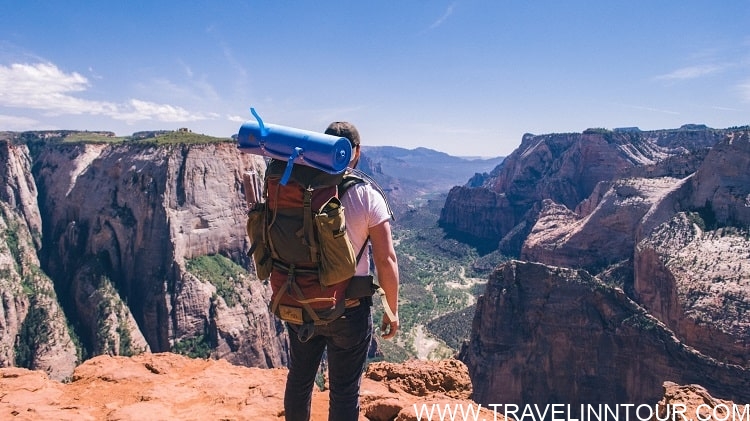
Backpacking Tips – How To Pack A Backpack
Packing a backpack is tolerably easy, but here are some backpacking tips to help you do it easier and have better results.
A well-loaded bag will feel balanced when leaning on your hips and nothing should be shifting or swinging inside. When you walk, the backpack should feel steady.
You should first pack your bag at home. You can place all your items on the floor, make sure that you have got everything available, and feel less hurried as you load up.
You’d better have a checklist to assure everything you need is on the floor.
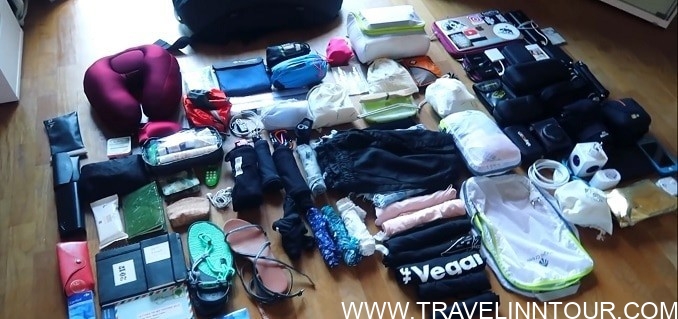
Packing The Backpack’s Bottom:You should put the items you won’t need until you make camp at night in the bottom of the bag. Almost all backpackers usually get their sleeping bag at the bottom of the backpack. This is also the place you may keep long underwear which is to be used as sleepwear, a pillow cover as well as a sleeping pad (if you possibly could roll it up into a small shape).Any other things that you just use during the nighttime can go down low aside from a headlamp or torch.
Heavier items should be kept in the center of your pack. This aims to create a soft center of gravity. Bulky pieces too low can make your pack sag down. Too high a position can cause the pack to feel unsteady.
In fact, your heaviest items should be put on top of your sleeping bag and close to your backbone. Usually, this stuff will probably be your food stash, water supply, and cook kit as well as the stove. If carrying liquid fuel, ensure that your fuel bottle top is on firmly. Pack the bottle vertically and place it on your food in case of a spill.Tape up softer, lower-weight parts around the larger pieces in order to avoid them from shifting. Your tent body, rainfly, and a rain jacket can support uphold the core and fill the empty room.
If you fancy efficiency, add the tank at home. You will have a loaded pack ready to go when you reach the trailhead.If you like cold water, carry the reservoir in a cooler and load it and your other middle-upper pack contents at the trailhead.
Other Tips for Packing a Backpack.Fulfill all empty areas. You can put utensils, a cup, or a small piece of clothing within your cooking pots.
Stuff Sacks: Some people may prefer the low-chaos/easy organization of stuff sacks, whereas others simply favor packings soft things easy-fitting in the bag to use up all available space. Test with your own items and decide which method most interests you.
Share the weight of large common elements like a tent with others in your team. You can carry the main body, for example, and your friend can bring the rainfly and poles.
Squeezing Straps: Tighten up all of the compression straps to reduce load-shifting.
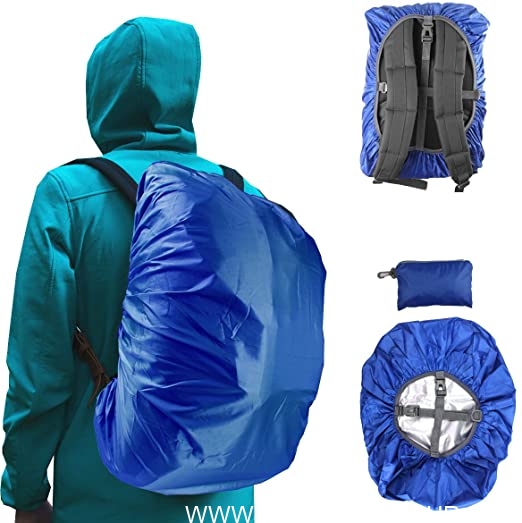
Repair Items: Cover strips of duct tape around your water bottles or trekking poles; if a strap pops or some other trouble occurs, a quick duct tape fix could keep you going. Take along a few safety pins in case a zipper fails.
Backpacking Tips Using Backpack Safely and Properly

Choose the suitably sized pack. Adult-sized backpacks are made for adults only, not kids. Make sure to purchase a pack that fits your body size. Most shops and brands list this information in the description of the product. If you don’t see it, just ask. A basic rule is that if the shoulder straps are fixed so that they are tight, the bottom of the pack should be about 6cm above your waist.
How Much Weight Should I Carry Backpacking?
Lift with Your Legs: To raise and put on your bag correctly: face the pack, turning at your knees—not waist—then lift with your legs and use one shoulder strap before the other.
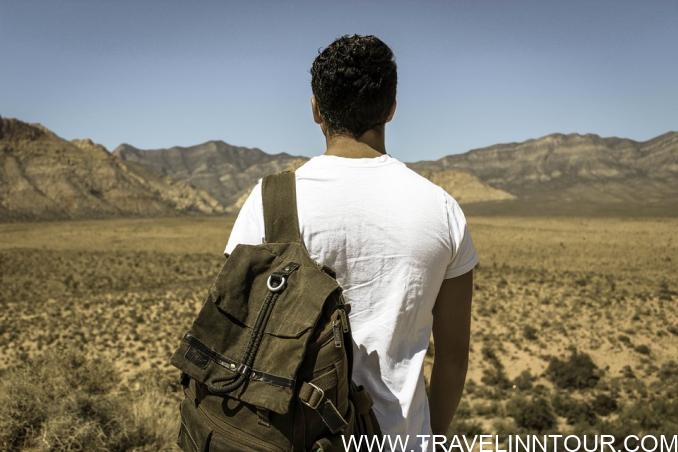
Place Your Backpack Properly: You should know that wearing your backpack on only one shoulder can cause muscle tension and imbalance. Use both shoulder straps, and alter them until they are comfortable. If the pack has a waist strap, never forget to use it. This waist strap will help to distribute the weight of the backpack more steadily. Plus, position your body correctly by keeping good form while you are wearing your bag.
Keep Fit: Sustaining your overall fitness by doing exercise or playing sport and staying active can enhance your strength and capacity to carry heavy bag loads that will reduce your possibility of injury. Cardio, strength coaching, and versatility are necessary to your health and fitness.
Set Time Limit: If possible, wear your backpack for 30 mins or less. Unless you are on an all-day hike or walking across a sprawling campus, this rule should be followed seriously. If you have to wear it for longer periods of time, try to make it as light as possible.
Save It On Pinterest
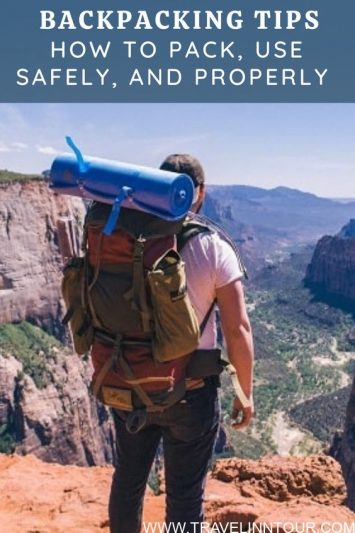




Be the first to comment